Bee Balm Companion Vegetables That Will Boost Your Yield
Bee balm (Monarda didyma) is a beautiful and versatile herb that can be used in a variety of ways. It's also a great companion plant for vegetables, as it can help to boost their yield and protect them from pests.
In this blog post, we will discuss some of the best bee balm companion vegetables. We will also talk about how bee balm can benefit your garden and how to plant it with other vegetables.
Why Bee Balm Makes a Good Companion Plant
There are a few reasons why bee balm makes a good companion plant for vegetables. First, it attracts pollinators, such as bees and butterflies. These pollinators help to pollinate the vegetables, which leads to a higher yield.
Second, bee balm can help to repel pests. The strong scent of the plant can deter insects, such as aphids, spider mites, and cabbage moths. This can help to protect your vegetables from damage.
Third, bee balm can improve the soil. The roots of the plant release beneficial compounds that can help to improve the drainage and fertility of the soil. This can create a more ideal growing environment for your vegetables.
Best Bee Balm Companion Vegetables
There are many different vegetables that can be grown with bee balm. Some of the best companion vegetables include:
- Tomatoes: Tomatoes and bee balm are a classic combination. The bee balm attracts pollinators, which helps to increase the yield of the tomatoes. The tomatoes also provide shade for the bee balm, which can help to protect it from the hot sun.
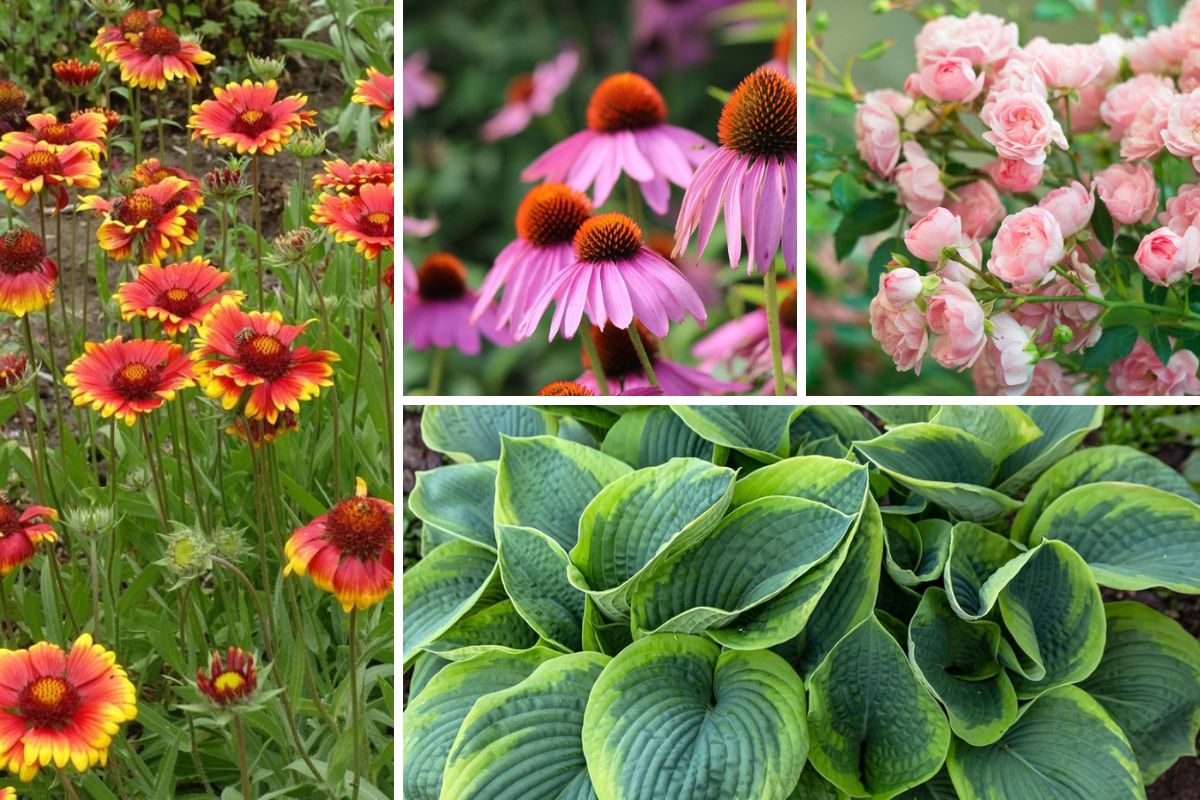
- Cucumbers: Cucumbers and bee balm can also be grown together. The bee balm helps to repel cucumber beetles, which can be a major pest for cucumbers. The cucumbers also provide support for the bee balm, which can help it to grow taller.
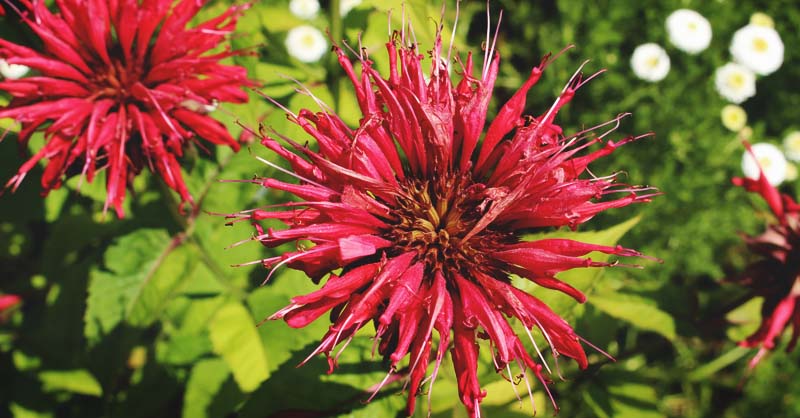
- Peppers: Peppers and bee balm are another good combination. The bee balm helps to attract pollinators, which helps to increase the yield of the peppers. The peppers also provide shade for the bee balm, which can help to protect it from the hot sun.
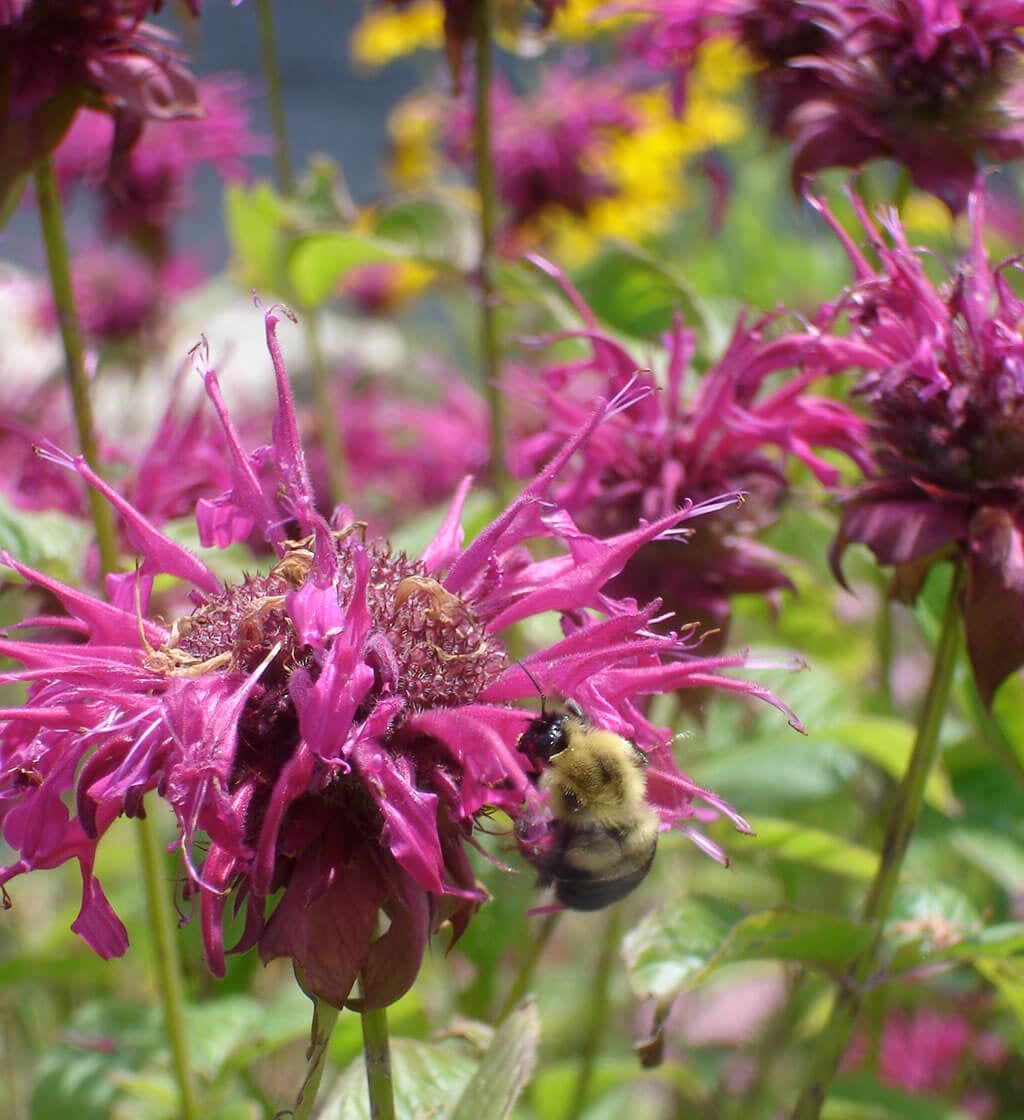
- Basil: Basil and bee balm are both herbs that can be used in cooking. They also complement each other well in the garden. The basil helps to repel mosquitoes, which can be a nuisance in the garden. The bee balm attracts pollinators, which helps to pollinate the basil, leading to a higher yield.
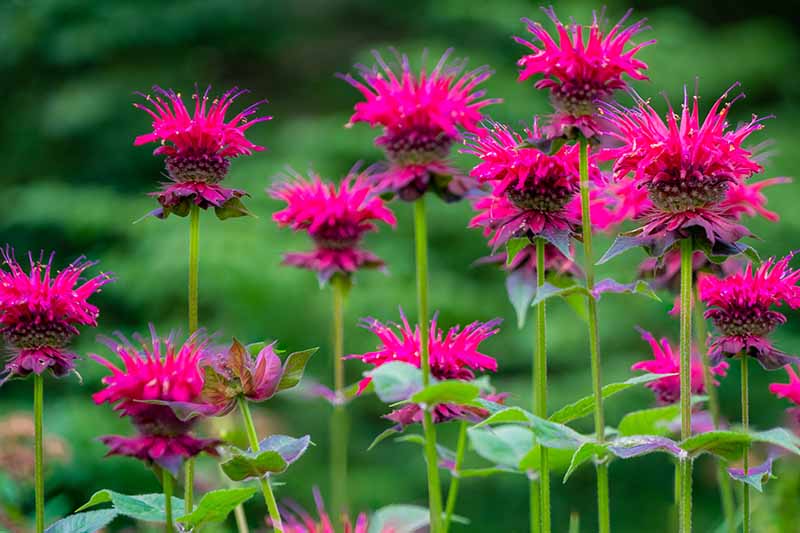
- Squash: Squash and bee balm can also be grown together. The bee balm helps to repel squash bugs, which can be a major pest for squash. The squash also provides support for the bee balm, which can help it to grow taller.
How to Plant Bee Balm with Vegetables
When planting bee balm with vegetables, it is important to consider the size and growth habit of each plant. For example, bee balm is a tall plant that can grow up to 3 feet tall. If you are planting it with tomatoes, which are also tall plants, you will need to space them far enough apart so that they have room to grow.
You should also plant bee balm in a location that receives full sun. Bee balm is a sun-loving plant and will not do well in shaded areas.
Once you have chosen the right location and planted your bee balm, you can add the vegetables. Be sure to space the vegetables according to their individual needs.
Conclusion
Bee balm is a beautiful and versatile herb that can be used in a variety of ways. It's also a great companion plant for vegetables, as it can help to boost their yield and protect them from pests.
If you are looking for ways to improve your garden, consider planting bee balm with some of your favorite vegetables. You may be surprised at how much it can benefit your plants.
Bee balm is a beautiful and fragrant herb that can add a pop of color to any garden. It's also a great companion plant for vegetables, as it can help to attract pollinators and repel pests. Some of the best bee balm companion vegetables include:
- Squash: Bee balm's strong scent can help to repel squash bugs, which are a common pest of squash plants.
- Tomatoes: Bee balm can help to improve the growth and flavor of tomatoes.
- Cucumbers: Bee balm can help to attract pollinators, which are essential for cucumber pollination.
- Peppers: Bee balm can help to improve the growth and yield of peppers.
- Herbs: Bee balm can be planted alongside other herbs, such as basil, thyme, and oregano, to create a beautiful and functional herb garden.
If you're looking for more information about bee balm companion vegetables, I recommend visiting Gardenia Inspiration. This website has a wealth of information about companion planting, including a detailed list of bee balm companion vegetables.
FAQ of bee balm companion vegetables
- What are some good companion vegetables for bee balm?
Bee balm is a tall, flowering herb that attracts bees, butterflies, and other pollinators. It is also a member of the mint family, which means that it can repel some pests, such as mosquitoes and aphids. Some good companion vegetables for bee balm include tomatoes, carrots, cucumbers, and beans. Tomatoes and carrots benefit from the presence of bees, which help to pollinate their flowers. Cucumbers and beans appreciate the shade provided by the bee balm's leaves.
- How far apart should I plant bee balm and its companion vegetables?
Bee balm and its companion vegetables should be planted at least 18 inches apart. This will give them enough space to grow and thrive.
- What are some of the benefits of planting bee balm with companion vegetables?
There are several benefits to planting bee balm with companion vegetables. First, bees and other pollinators that are attracted to bee balm will also help to pollinate the companion vegetables. This can lead to a higher yield of vegetables. Second, the bee balm's leaves can help to shade the companion vegetables, which can protect them from the sun and heat. Third, the bee balm's roots can release chemicals that can repel pests, which can help to keep the companion vegetables pest-free.
- What are some of the challenges of planting bee balm with companion vegetables?
There are a few challenges that can arise when planting bee balm with companion vegetables. First, bee balm can be a vigorous grower, so it is important to make sure that it does not crowd out the companion vegetables. Second, bee balm can attract pests, such as aphids and spider mites. These pests can also attack the companion vegetables. Third, bee balm can be susceptible to diseases, such as powdery mildew and verticillium wilt. These diseases can also affect the companion vegetables.
- How can I prevent problems when planting bee balm with companion vegetables?
There are a few things that you can do to prevent problems when planting bee balm with companion vegetables. First, choose companion vegetables that have similar growing requirements. Second, plant the bee balm and companion vegetables at the correct distance apart. Third, monitor the plants for pests and diseases and take steps to control them if necessary.
Image of bee balm companion vegetables
Here are 5 different images of "bee balm companion vegetables" from Pinterest:
- Bee balm and tomatoes. Bee balm attracts pollinators, which can help to pollinate tomatoes. Additionally, the strong scent of bee balm can help to deter pests from tomatoes.

- Bee balm and carrots. Bee balm can help to repel carrot flies, which are a common pest of carrots. Additionally, the two plants can benefit each other by attracting different pollinators.

- Bee balm and cucumbers. Bee balm can help to deter cucumber beetles, which are a common pest of cucumbers. Additionally, the two plants can benefit each other by attracting different pollinators.

- Bee balm and beans. Bee balm can help to attract pollinators, which can help to pollinate beans. Additionally, the two plants can benefit each other by attracting different pests.
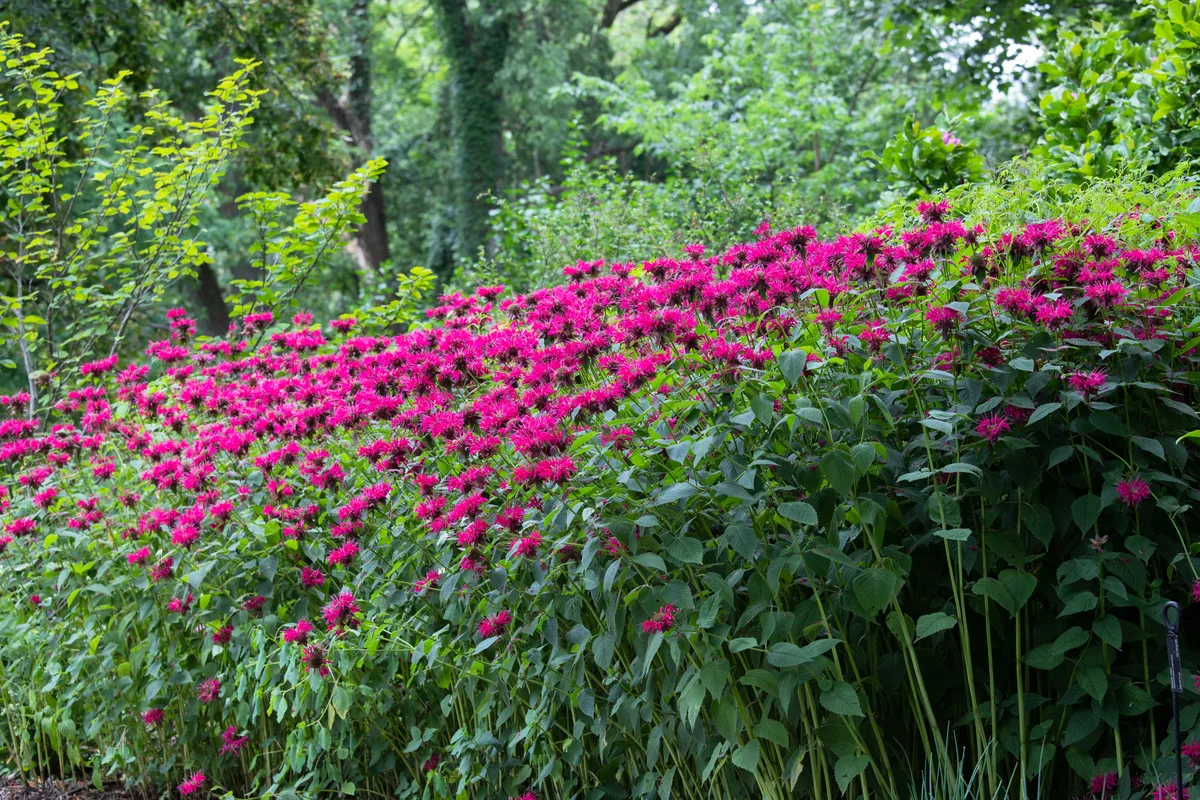
- Bee balm and potatoes. Bee balm can help to repel potato bugs, which are a common pest of potatoes. Additionally, the two plants can benefit each other by attracting different pollinators.


Post a Comment for " Bee Balm Companion Vegetables That Will Boost Your Yield"